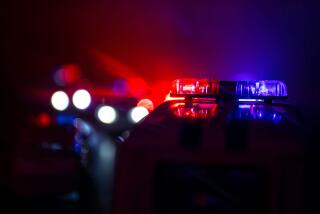Cell Phones for 911
- Share via
Your Nov. 18 editorial, “No Holes When Lives Are at Risk,” emphasized problems associated with dead spots or areas where signals are weak without identifying the cause--local resistance to the placement of antennas. Many local governments are throwing up roadblocks to the siting of antennas, thus affecting 911 coverage and the quality of service. The wireless industry has been working with local governments to find solutions that balance the needs of public safety agencies, consumers, residents and the industry and yet ensure that coverage is as ubiquitous and reliable as possible.
Together with the CHP and state 911 program, the wireless industry is working to improve and enhance the existing system. Next year new technology will provide dispatchers with the wireless caller’s phone number and location of the cell site where the call originates. This capability will direct the call to the most appropriate public safety answering point. Beginning Nov. 30, wireless service providers have been forwarding all 911 calls to the appropriate agency.
Although there are only two original cellular service providers per service region, additional wireless service providers have entered the market. You don’t have to look far to see the competition--just open The Times to the numerous ads for wireless service.
STEVE CARLSON, Exec. Dir.
Cellular Carriers Assn.
of Calif., Sacramento






